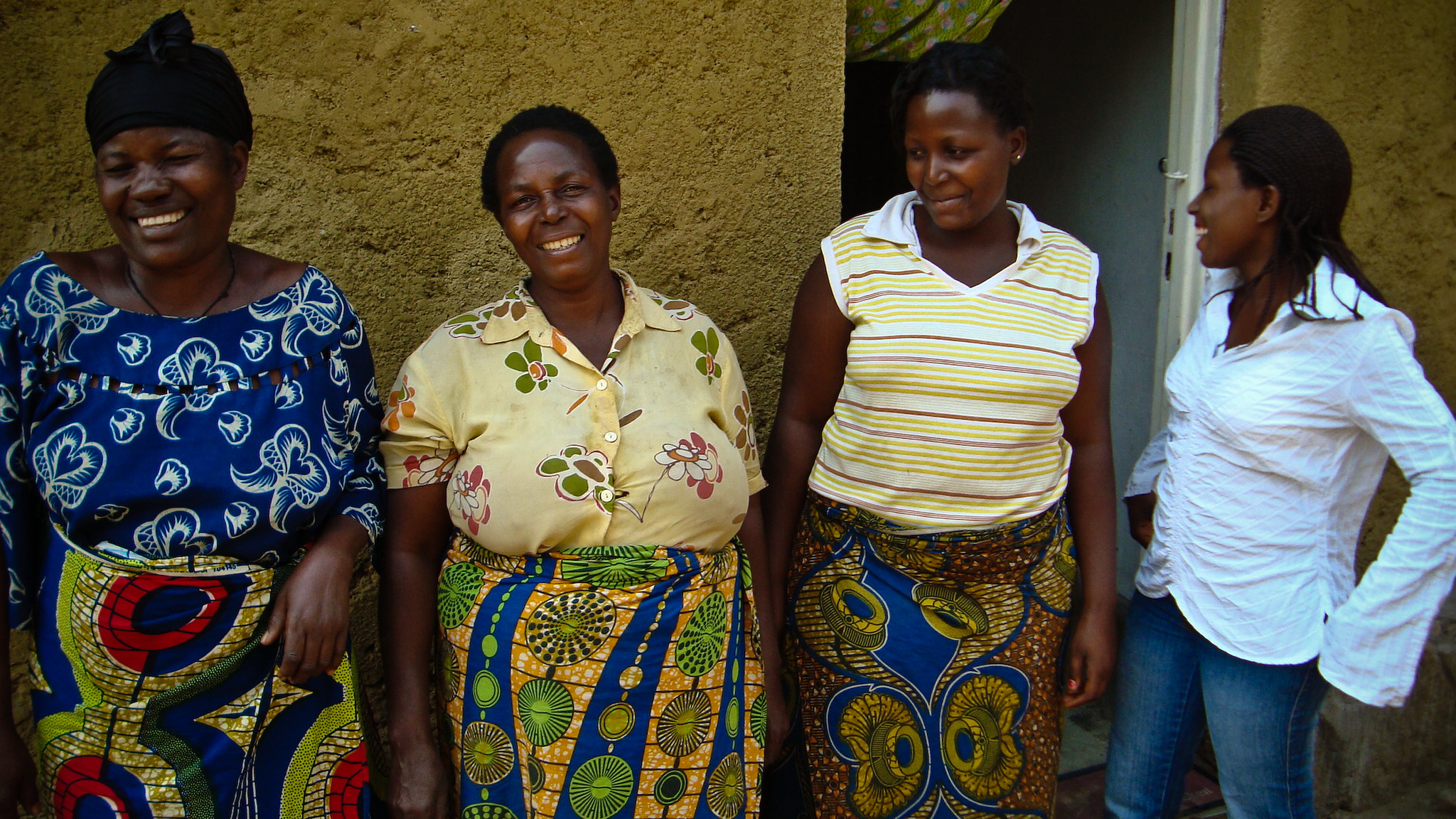The potential for rice sector development in Sub-Saharan Africa and opportunities for women and youth

OpEd for International Women's Day 2021
Globally, Sub-Saharan Africa (SSA) is the region most at risk for food insecurity and is largely dependent on food imports, especially cereals. The prevalence of hunger and poverty in SSA are still among the highest in the world and the region is trailing in meeting most of the UN Sustainable Development Goals (SDGs). More than half of the global poor are in Africa and one in three Africans is at risk for food insecurity. This is mainly because of the rapid population growth and the low and stagnant agricultural productivity.
The agriculture sector in SSA, in general, contributes 35% to Africa’s GDP, employs 65% of the population, and generates 75% of Africa’s internal trade. More than 80% of the rural population in SSA make their livelihoods from small-scale farming that supports over 60% of the region’s population. Yet this sector is the poorest and most seriously impacted by events such as natural calamities and pandemics like COVID-19.
Rice-based agri-food systems are increasingly gaining importance in achieving food and nutrition security and economic prosperity in the region. More than 100 million livelihoods currently depend on rice and is the sole source of dietary energy in West Africa. It is also the third most important crop across SSA.
Gender inequality significantly contributes to this food insecurity. African women play a large and growing role in the region’s food systems and constitute up to 80% of the agriculture workforce in some countries. In SSA, agriculture employs over 60% of working women who are responsible for production of up to 80% of household food consumption and also for sale of the surplus in local markets. They handle most operations, such as seeding, transplanting, weeding, harvest and cleaning for cereals like maize, wheat and rice, and also homestead gardening of pulses, vegetables and fruits, both for household consumption and for local markets. The role of youth, especially young women, is also pivotal with over 65% of the population in SSA under 25 years of age
Despite the role and impact of women in African agriculture, there’s still an unsettling disparity in the support they receive—the reason behind their lower productivity compared with men. They acquire only a small portion of their harvest because of the existing norms, policies, and laws that put them at a great disadvantage and, thus, creating a deep gender gap. These include their rights and ownership of lands, hindering long-term financial investments and considerably affecting their farming approaches and income. Women also are at disadvantage in accessing inputs including fertilizers and quality seeds, mechanization, and knowledge on new technologies and innovations. In addition, their access to credit and financial resources is minimal because of current lending policies of financial institutions.
Over 190 million hectares of inlands are suitable for rice production with fertile soils and good water resources yet only about 10 million hectares are currently in use. A further gap in local production is primarily driven by low productivity, inefficiencies in production systems and fragmented value chains with little coordination among stakeholders. Yields are low, about half of the world average. Over 70% of production areas are under rainfed, have poor soil fertility and low-input use. Traditional production systems, old varieties, and weather adversities further provoked by climate change together with less developed seed systems and value chains are contributing to this low productivity and poor profit margins for farmers.
For these reasons, regional rice production meets a little over half of the demand with the rest met through imports costing USD 5 to 6 billion annually over recent years. The progressive increase in rice demand is caused by population growth and growing consumer preference propelled by dietary shifts and conveniences—especially ease of cooking and storage—urbanization, and increasing numbers of working families.
With significantly untapped resources and potential for improvements, SSA could potentially produce sufficient food to meet its needs. Measures need to be taken to secure resources for evidence guided innovations, delivery, and policy reforms to narrow the gap in food self-sufficiency and elicit economic growth.
Serious policy reforms and investments are needed to support and strengthen the role of women and youth in both production and agri-business development, and to shield them against overexploitation by establishing entrepreneurship with built-in services provision, and effective value chains that link them to input/output markets.
With women being the center of attention in several regional programs, they are now benefiting from more training opportunities and support directed towards equipping small-scale women farmers to boost their farm productivity and profit margins. Moreover, women farmers are recognizing the benefits of organizing themselves into groups and cooperatives to pool their resources and knowledge and enhance their market access and bargaining powers.
We are still far from fully reaching these targets but agricultural production systems should be developed to be women-friendly and appealing to young generations as their desired future endeavors.
Transforming SSA small-scale farming will depend on women and youth participation and empowerment. Any interventions to address food and nutrition security and food systems transformation in SSA have to factor in the role of women and youth to drive changes in food systems. Then the region can prosper towards better livelihood with substantial multiple effects on food and nutrition security, prosperity, and inclusive growth.
Abdelbagi Ismail